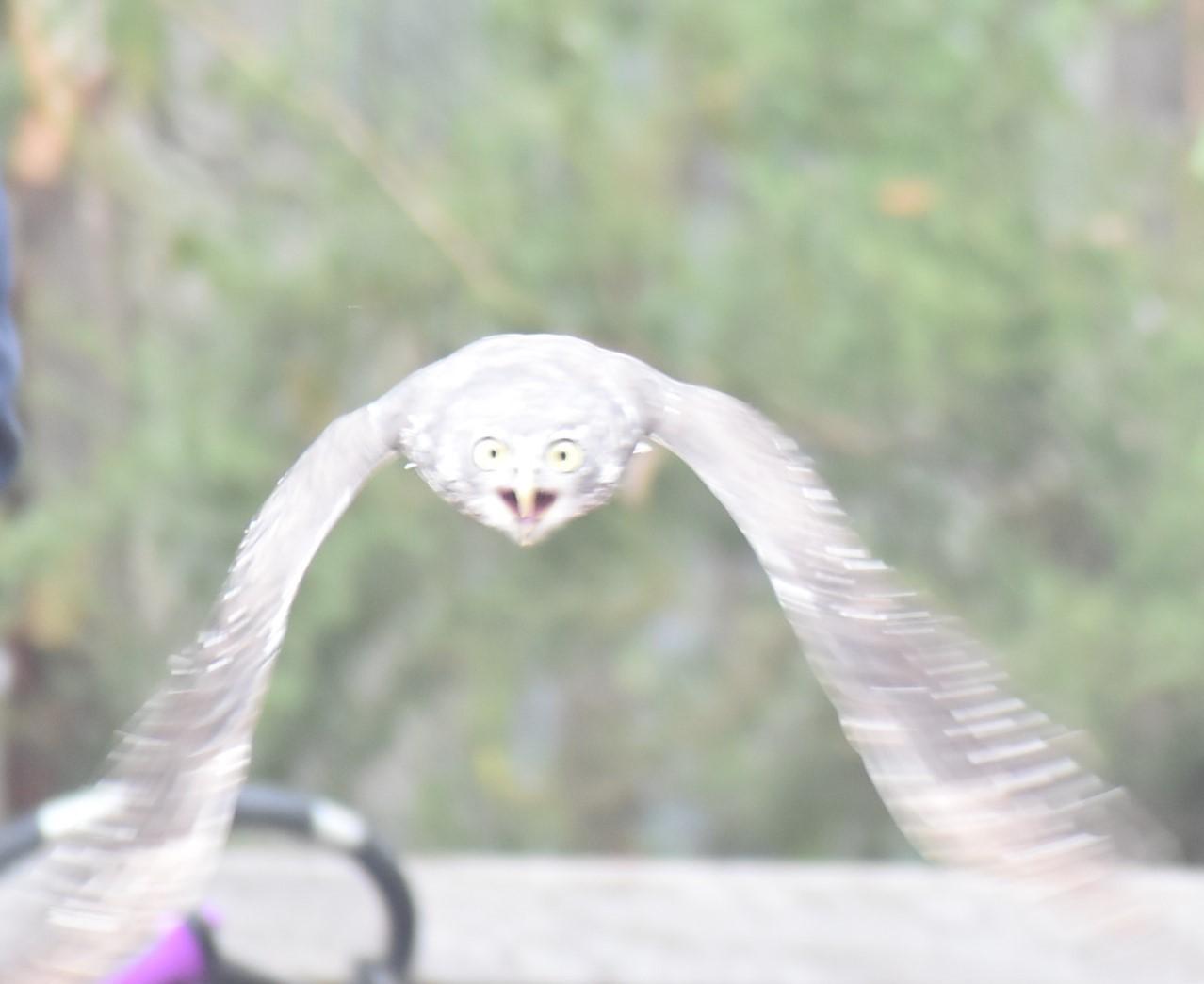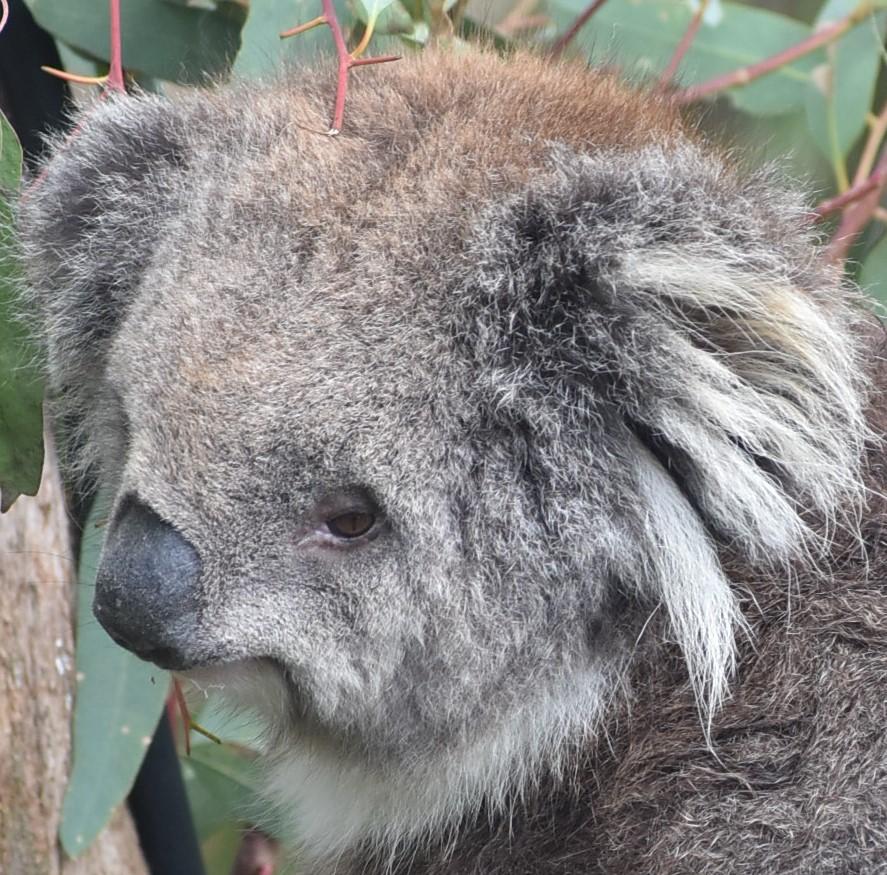The 1970 Osaka World Expo was a boon for Japan’s second-largest city, then, like the rest of the country, enjoying the postwar boom that propelled Japan from the brink of destruction to being the No. 2 economic power in the world. 1970年に行われた大阪万国博覧会は、当時高度成長期真っ最中商業地域であり日本第二都市である大阪にとって世界に披露する機会を与え、思い切ってその素晴らしさを見せた。 Australia, too, was still enjoying unprecedented prosperity in 1970, and it showed with its amazing pavilion at the Osaka showcase. 当時、オーストラリアも景気が良かったし、万博で見せたご立派な「オーストラリア館」もその証拠と言えるだろう。 The pavilion, modeled on Katsushika Hokusai‘s The Great Wave at Kanagawa, was at the end of the Expo donated to Yokkaichi, Mie Prefecture, which is Sydney’s sister city. It was supposed to be a symbol of the…
-
-
2009年大阪で日本が世界初の所在地となった「ラバー・ダック プロジェクト」がいよいよオーストラリアまで展開した。 The infamous Rubber Duck Project that kicked off globally in Osaka in 2009 is finally making its mark in Australia. この高さ約10メートルのゴム製アヒル姿オブジェがオランダ人アーティストフロレンティン・ホフマン氏が制作した。 The 10-meter-tall rubber duck object is one of the famous items produced by renowned Dutch artist Florentijin Hofman. 世界中に巨大キッチュなオブジェを設置することで有名となったホフマン氏が初めてこの「ラバー・ダック プロジェクト」が2009年大阪で。以降、尾道市のほか世界各地で開催した。 Hofman is known for the gigantic kitsche items he has placed around the world, starting with the Rubber Duck Project he kicked off in Osaka four years ago before moving on to other places around the world, including Onomichi. シドニーで披露するのはシドニー・フェスティバルの一環として行う。 The Rubber Duck Project is in Sydney as part of the Sydney Festival. 「ラバー・ダック プロジェクト」が正式に開催するのは1月5日~23日の間、シドニー中心部にあるダーリング・ハーバーで披露される。 The huge duck will be…





